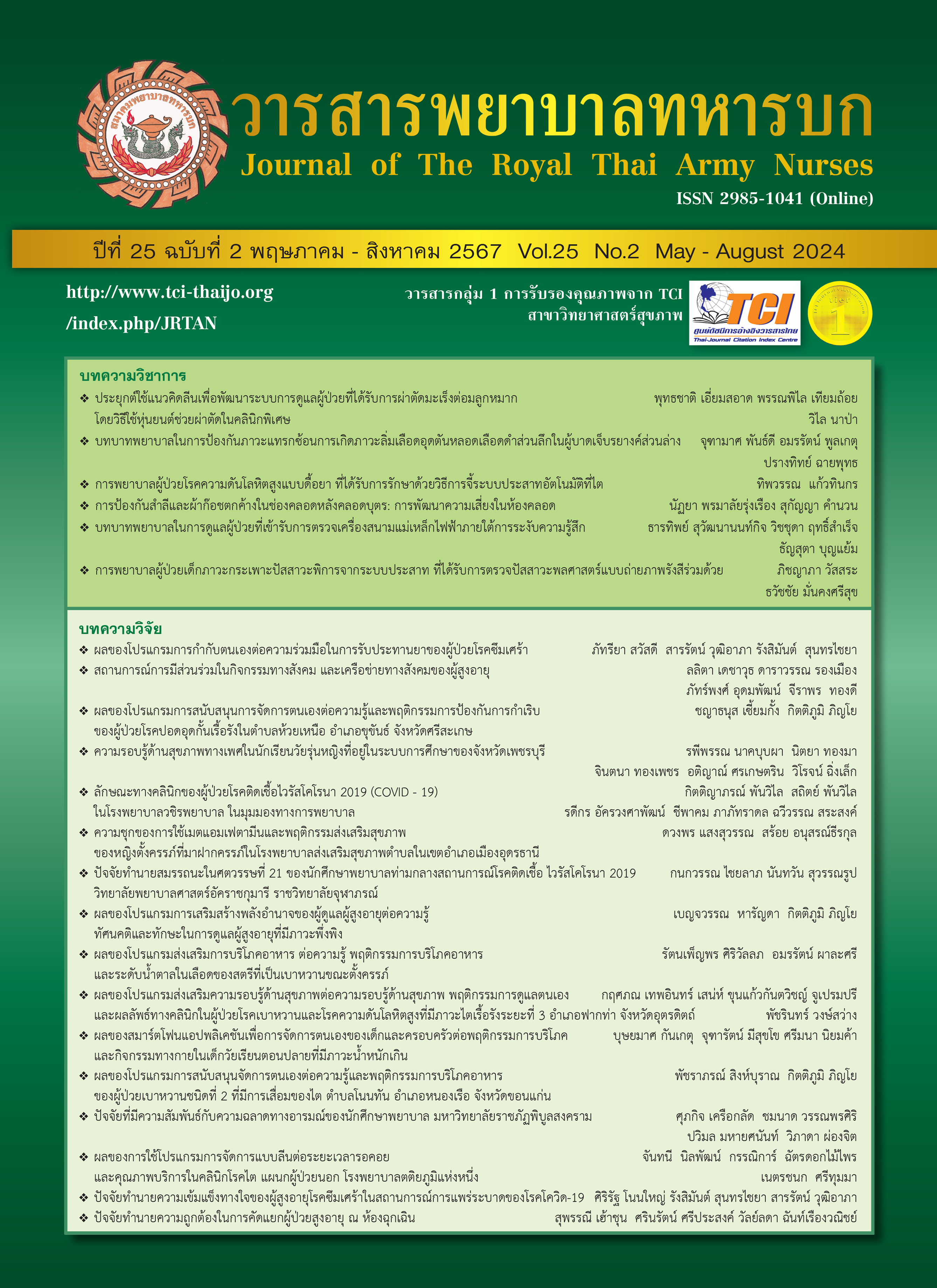Prevention of Retained Vaginal Swabs After Childbirth: Development of a Risk Management System in the Delivery Room
Keywords:
Retained Vaginal Swabs After Childbirth, Development of a Risk Management SystemAbstract
Retained Vaginal Swabs After Childbirth pose significant risks to postpartum women, potentially leading to infections and psychological distress. This research article refines and implements protocols designed to reduce the risk of vaginal swab retention. Through detailed analysis of patient cases with retained vaginal swabs post-delivery, the study identifies key factors in the medical process and evaluates the effectiveness of counting and inspection methods. Furthermore, it adapts the counting system, typically used in general surgical procedures, for application in childbirth. The study finds that this adaptation effectively reduces the incidence of retained vaginal swabs after childbirth.
Downloads
References
Lamont T, Dougall A, Johnson S, Mathew D, Scarpello J, Morris E. Reducing the risk of retained swabs after vaginal birth: summary of a safety report from the National Patient Safety Agency, British Medical Journal. 2010;341:c3679
Steelman VM, Shaw C, Shine L, Hardy-Fairbanks AJ. Retained surgical sponges: a descriptive study of 319 occurrences and contributing factors from 2012 to 2017, Patient Safety in Surgery. 2018;12(1):1-8.
Gawande AA, Studdert DM, Orav EJ, Brennan TA, Zinner MJ. Risk factors for retained instruments and sponges after surgery, New England Journal of Medicine. 2003; 348(3):229-35.
Agrawal A. Counting matters: lessons from the root cause analysis of a retained surgical item, The Joint Commission Journal on Quality and Patient Safety. 2012;38(12):566-74.
Egorova NN, Moskowitz A, Gelijns A, Weinberg A, Curty J, Rabin-Fastman B, et al. Managing the prevention of retained surgical instruments: what is the value of counting? Annals of surgery. 2008;247(1):13-8.
Lutgendorf MA, Schindler LL, Hill JB, Magann EF, O’Boyle JD. Implementation of a protocol to reduce occurrence of retained sponges after vaginal delivery. Military medicine. 2011; 176(6):702-4.
Recommended practices for sponge, sharp, and instrument counts. AORN Recommended Practices Committee. Association of Perioperative Registered Nurses.1999;70(6):1083-9.
Cima RR, Kollengode A, Clark J, Pool S, Weisbrod C, Amstutz G. J, et al. Using a data-matrix-coded sponge counting system across a surgical practice: impact after 18 months, The Joint Commission Journal on Quality and Patient Safety. 2011;37(2):51-8.
Mahran MA, Toeima E, Morris EP.The recurring problem of retained swabs and instruments. Best Practice & Research Clinical Obstetrics & Gynaecology. 2013;27(4):489-95.
Kaiser CW, Friedman S, Spurling KP, Slowick T, Spurling KP, Slowick T, Kaiser HA. The retained surgical sponge, Annals of Surgery. 1996; 224(1):79-84.
Chagolla BA, Gibbs VC, Keats JP, Pelletreau B. A system-wide initiative to prevent retained vaginal sponges, The American Journal of Maternal/Child Nursing,2011;36(5):312-7.
Lutgendorf MA, Schindler LL, Hill JB, Magann EF, O’Boyle JD. Implementation of a protocol to reduce the occurrence of retained sponges after vaginal delivery, Military Medicine. 2011;176(6):702-4.
Tamarpirat N. and Oumtanee A. Being A Newly Graduated Nurse Working Under Supervision of a Mentor. Journal of The Royal Thai Army Nurses. 2017;18(Supp):32-9. (in Thai)
Downloads
Published
How to Cite
Issue
Section
License
Copyright (c) 2024 Journal of The Royal Thai Army Nurses

This work is licensed under a Creative Commons Attribution-NonCommercial-NoDerivatives 4.0 International License.
บทความหรือข้อคิดเห็นใดใดที่ปรากฏในวารสารพยาบาลทหารบกเป็นวรรณกรรมของผู้เขียน ซึ่งบรรณาธิการหรือสมาคมพยาบาลทหารบก ไม่จำเป็นต้องเห็นด้วย
บทความที่ได้รับการตีพิมพ์เป็นลิขสิทธิ์ของวารสารพยาบาลทหารบก
The ideas and opinions expressed in the Journal of The Royal Thai Army Nurses are those of the authors and not necessarily those
of the editor or Royal Thai Army Nurses Association.






